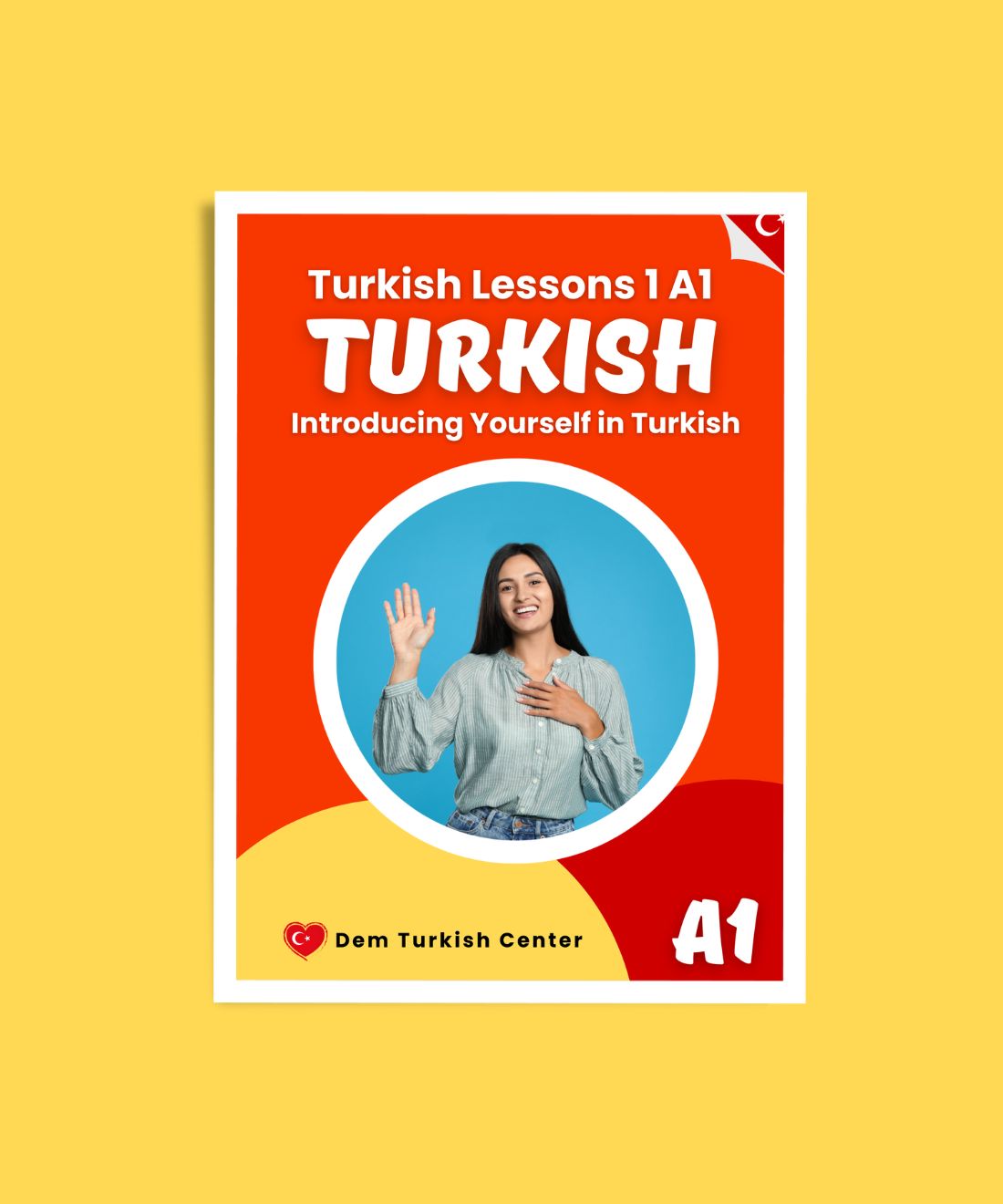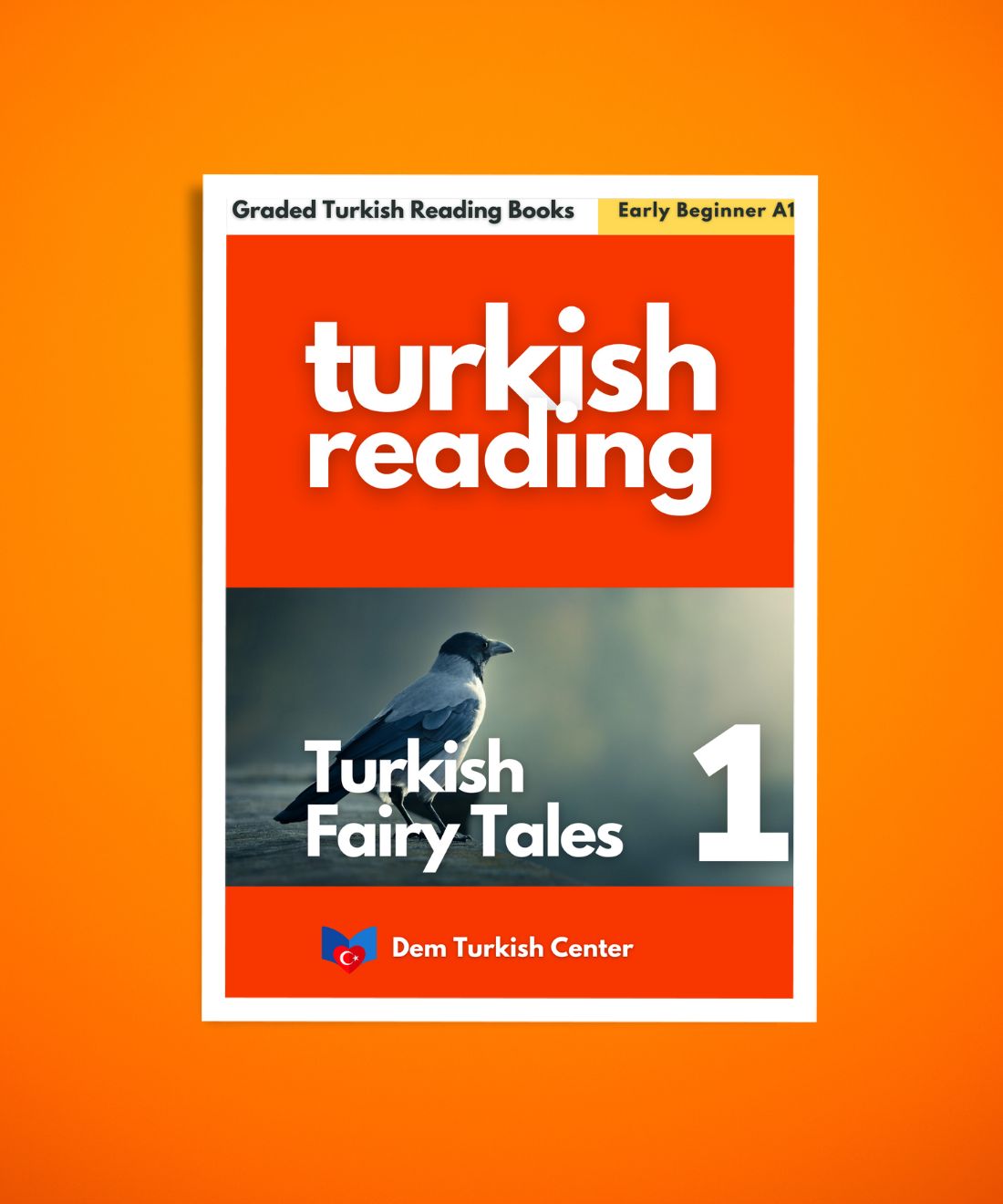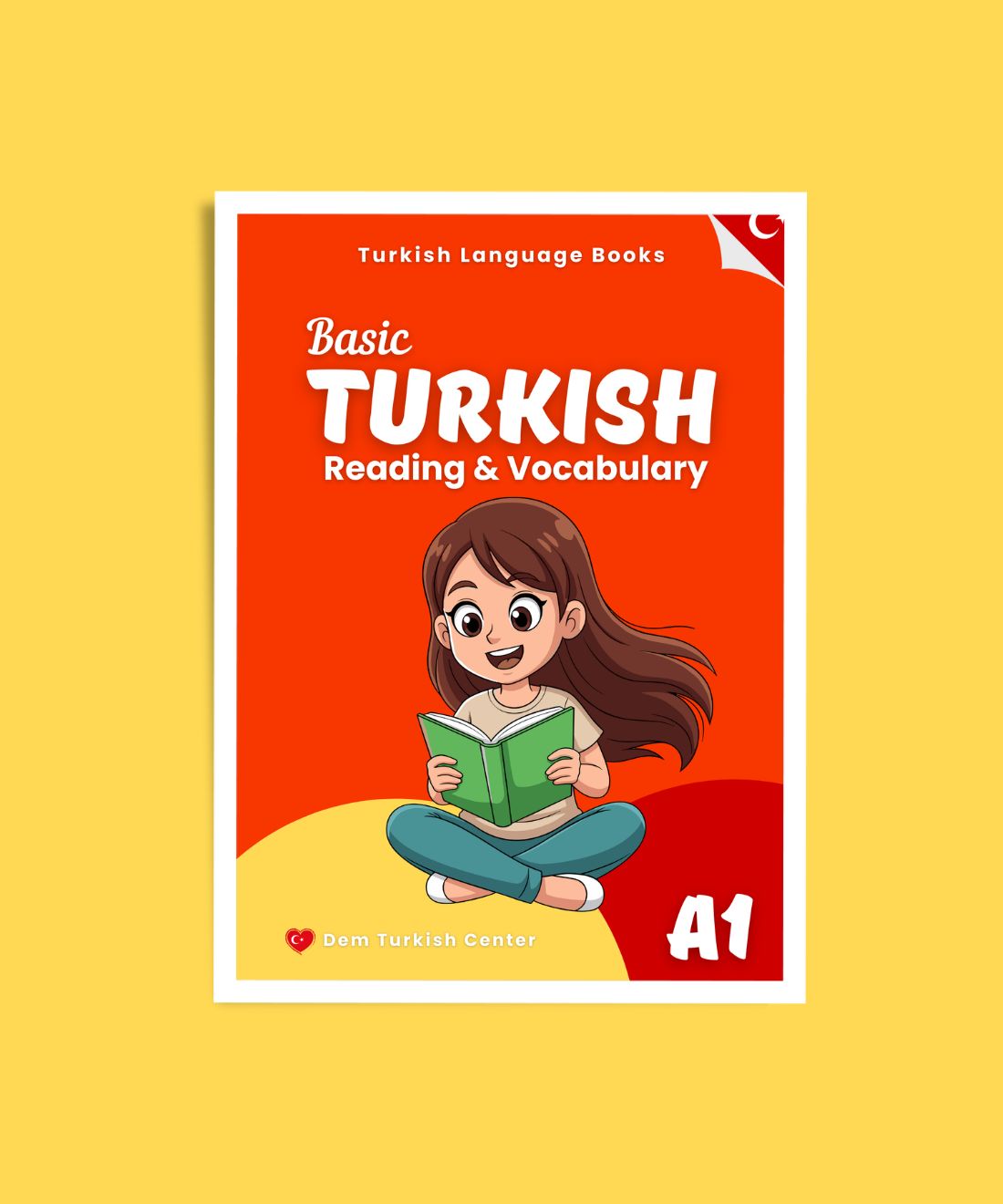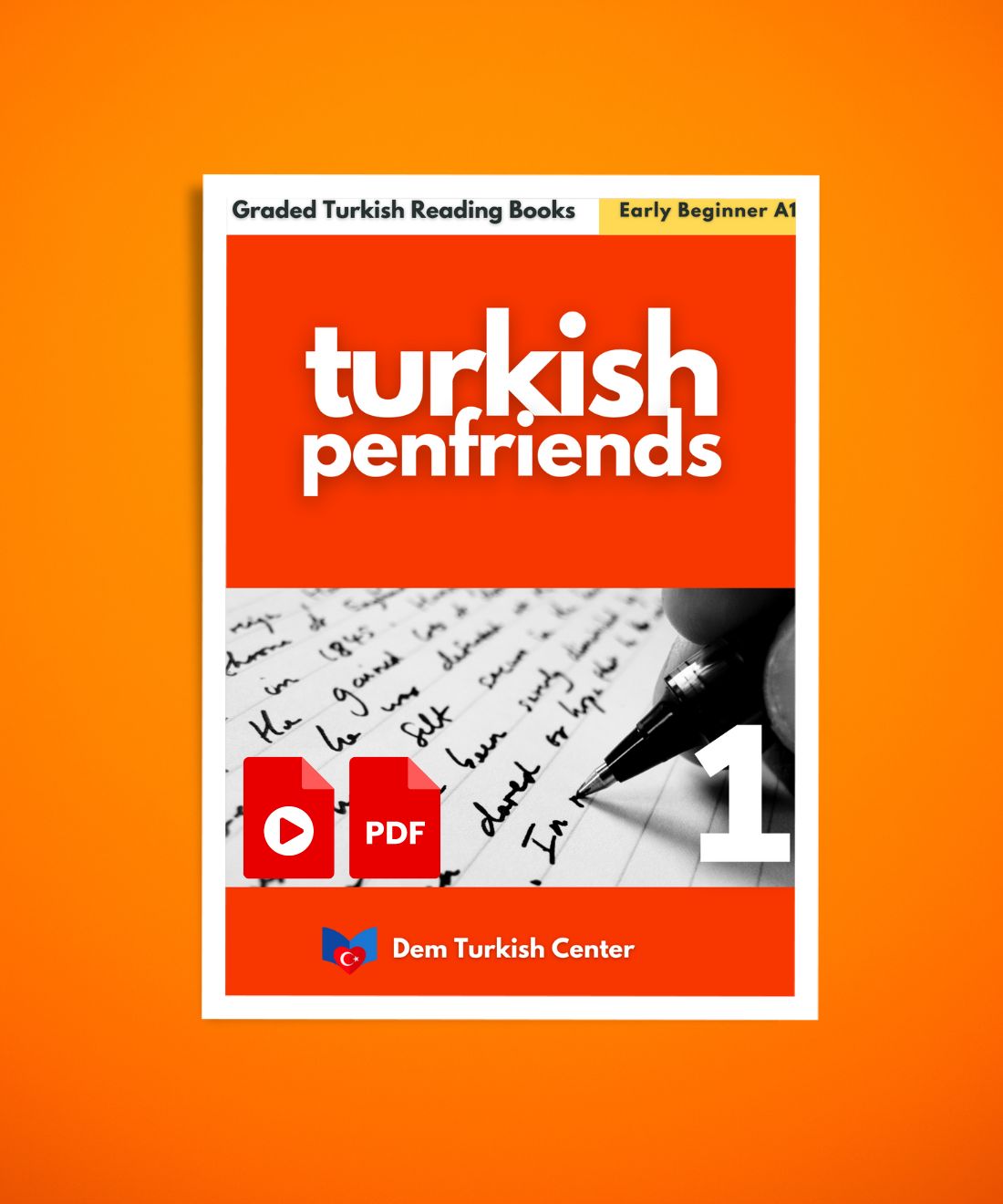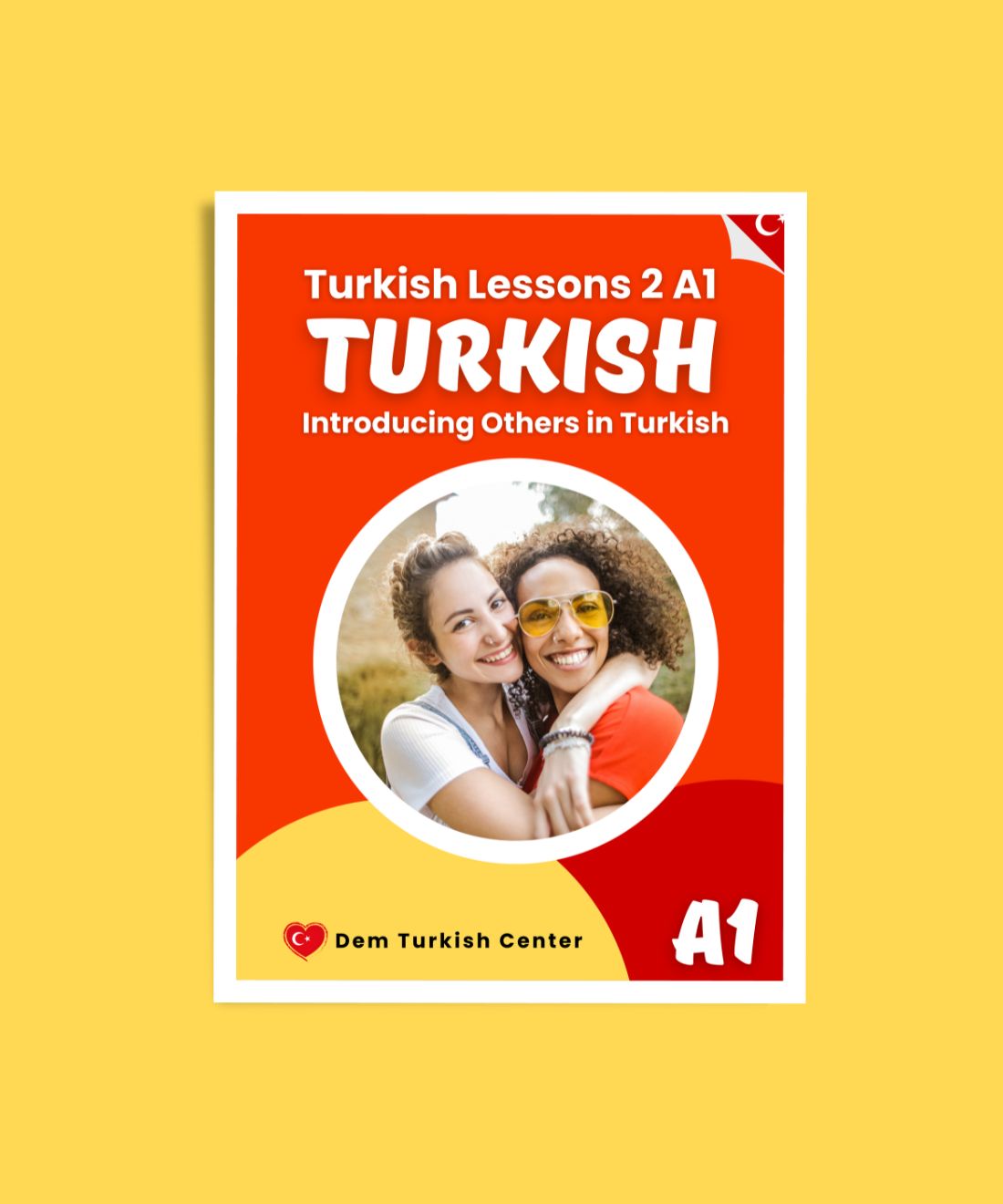
Is Turkish a difficult language to learn?
Whether Turkish is difficult to learn depends on your native language and prior language-learning experiences. Turkish has some unique features that can make it both challenging and easier in different ways. Here's an overview of the key aspects that influence how difficult Turkish may be for learners:
1. Turkish Language Structure and Grammar
Agglutinative Language
Turkish is an agglutinative language, which means that suffixes are added to a root word to change its meaning or grammatical role. This can be challenging because words can become long and complex, with multiple suffixes stacked together.
For example: - "ev" (house) → "evler" (houses) → "evlerden" (from the houses).
Word Order in Turkish
Turkish follows a "Subject-Object-Verb (SOV)" word order, which may seem unusual if you're used to Subject-Verb-Object (SVO) structures, like in English.
For example: - English: "She eats an apple." - Turkish: "O bir elma yiyor." (Literal: "She an apple eats.")
Learn the word order in Turkish
2. Turkish Pronunciation
Consistent Pronunciation
One of the easier aspects of Turkish is that it is phonetic, meaning words are pronounced as they are written. Each letter has a consistent sound, and Turkish doesn't have the irregular spelling-pronunciation patterns found in languages like English.
Vowel Harmony in Turkish
Turkish uses "vowel harmony", meaning suffixes change based on the vowels in the root word to maintain a consistent sound. This can be tricky at first but becomes predictable once you understand the rules.
For example: - "gel" (come) + "-iyor" (present tense suffix) = "geliyor" (is coming). - "git" (go) + "-iyor" = "gidiyor" (is going).
Learn the vowel harmony in Turkish
3. Turkish Vocabulary
Different Lexical Roots
If your native language is an Indo-European language (like English, French, or Spanish), Turkish vocabulary will be quite different because Turkish belongs to the "Turkic language family". This means you won’t find many cognates (words that are similar across languages).
However, Turkish has borrowed words from Arabic, Persian, French, and Italian, so you might encounter familiar terms.
Loanwords in Turkish
While Turkish vocabulary may seem foreign at first, there are many loanwords from other languages, particularly from Arabic, French, and English. For example, words like "televizyon" (television), "restoran" (restaurant), and "otobüs" (bus) are easy to recognize.
4. Lack of Gender and Articles in Turkish
No Gender in Turkish
Unlike languages like French, Spanish, or German, Turkish does not have grammatical gender. You don’t have to memorize the gender of nouns, which simplifies the learning process.
No Definite Articles in Turkish
Turkish also doesn't use articles like "the" or "a" to differentiate between definite and indefinite objects. Context usually clarifies the meaning.
5. Verb Tenses and Moods in Turkish
Tense System in Turkish
Turkish has a variety of tenses and moods, some of which are quite specific and don’t have direct equivalents in English. This can be complex, but the verb conjugation system is regular once you learn the rules.
For example, there are tenses to express doubt, reported information, or expectations.
Verbs at the End
Since Turkish is an SOV language, you need to wait until the end of a sentence to hear the verb, which might feel unnatural at first for learners used to SVO languages.
6. Politeness Levels in Turkish
Formal and Informal Speech
Turkish distinguishes between formal and informal speech, especially in how you address people (using "sen" for informal "you" and "siz" for formal or plural "you"). Understanding and using these appropriately is important in social situations.
7. Writing System in Turkish
Latin Alphabet
Turkish is written in the Latin alphabet, which makes reading and writing easier for people familiar with the script. This contrasts with other languages in the region like Arabic or Persian, which use different scripts.
The Turkish alphabet has 29 letters, some of which are unique to Turkish, like "ç," "ş," "ğ," and "ı."
8. Learning Resources
Turkish is a popular language to learn, and there are many resources available, from language apps and textbooks to online courses and tutors. Turkey’s cultural output, including TV series and music, also makes immersion more accessible.
Dem Turkish Center
Dem Turkish Center is a Turkish language resource website offering Turkish language learning resources including Turkish language courses and lessons for self-study.
You can either download Turkish language courses and lessons and study yourself, or study Turkish online, anytime, wherever you are.
Download Turkish courses and lessons instantly
Download or study Turkish online at Supeerpeer.com
Turkish can be challenging due to its agglutinative nature, different sentence structure, and unfamiliar vocabulary, but it also has features like consistent pronunciation, lack of gender, and the Latin script that make it easier in some ways. Once you grasp the rules, Turkish becomes quite regular and logical, so with dedication and practice, it’s definitely a manageable language to learn.
BECOME A DEM TURKISH CENTER MEMBER!
Thank you very much for your interest and visiting Dem Turkish Center bookstore. We hope our Turkish language learning materials will be helpful for your Turkish studies!





